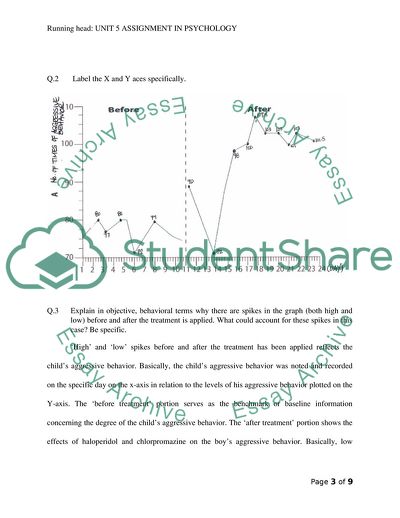Cite this document
(Assignment in Psychology and Behaviour Example | Topics and Well Written Essays - 1750 words, n.d.)
Assignment in Psychology and Behaviour Example | Topics and Well Written Essays - 1750 words. https://studentshare.org/psychology/1840405-unit-5-assignment
Assignment in Psychology and Behaviour Example | Topics and Well Written Essays - 1750 words. https://studentshare.org/psychology/1840405-unit-5-assignment
(Assignment in Psychology and Behaviour Example | Topics and Well Written Essays - 1750 Words)
Assignment in Psychology and Behaviour Example | Topics and Well Written Essays - 1750 Words. https://studentshare.org/psychology/1840405-unit-5-assignment.
Assignment in Psychology and Behaviour Example | Topics and Well Written Essays - 1750 Words. https://studentshare.org/psychology/1840405-unit-5-assignment.
“Assignment in Psychology and Behaviour Example | Topics and Well Written Essays - 1750 Words”. https://studentshare.org/psychology/1840405-unit-5-assignment.


